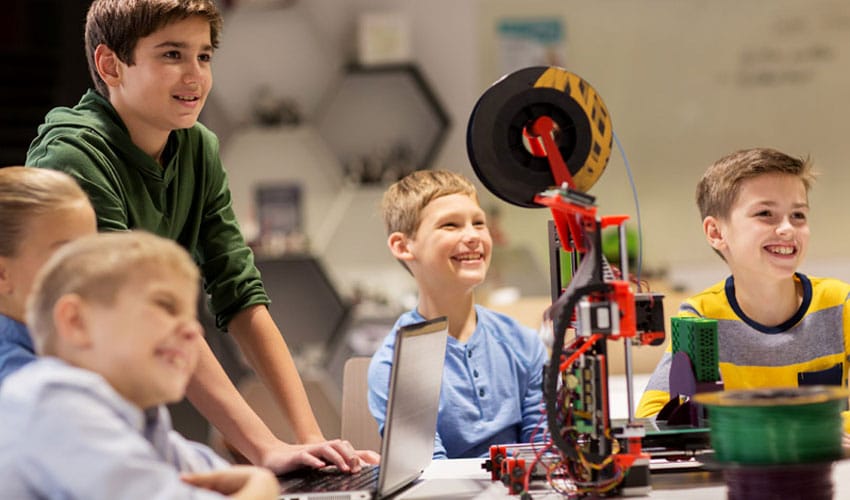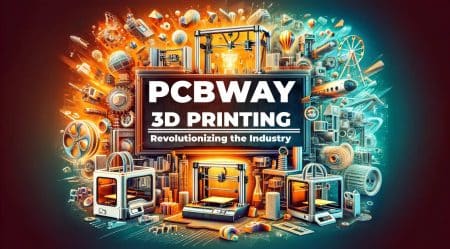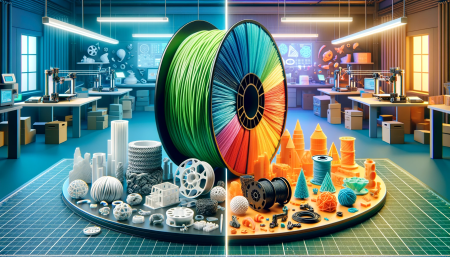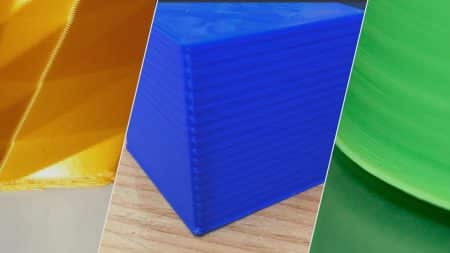The use of 3D printing technology in recent years has completely changed how we approach manufacturing, design, and even education. The way we approach problem-solving and innovation has changed due to the development of 3D printed prototypes and finished goods. This article examines how 3D printing transforms education and what that means for the field’s future.

The democratization of design and prototyping has been one of 3D printing’s most significant effects on education. Traditionally, textbooks, lectures, and demonstrations were used to teach students about design and engineering. Students can now bring their ideas to life by making prototypes and testing their designs thanks to the development of 3D printing. Through experimentation and iteration, students can learn through this hands-on method, which helps them comprehend the design process.
The fields of science and medicine have been entirely transformed by 3D printing, design, and engineering. In their science classes, students can now use 3D printing to make models of intricate molecules, organs, and other biological structures. This enables students to comprehend the inner workings of the human body and the environment around us on a deeper level. Students in medical schools are now using 3D printing to make models of bones, organs, and other anatomical structures, giving them a more interactive and practical learning experience.
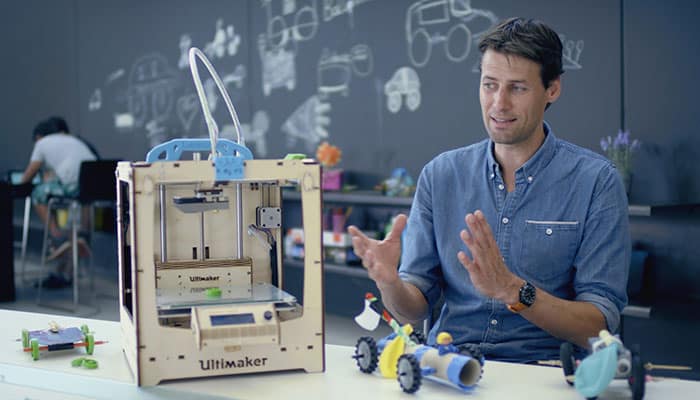
Not just universities and colleges are utilizing 3D printing technology in education. The curricula of elementary and secondary schools now include 3D printing. Schools are preparing students for the future and giving them the tools they need to succeed in a world that is changing quickly by exposing them to this technology at a young age.
Distance learning is another industry that has been significantly impacted by 3D printing. Students now have access to a wide variety of resources and materials that can be used for learning, thanks to the growth of online education. By enabling students to produce physical prototypes and models from any location, 3D printing breaks down geographic boundaries and increases the accessibility of education.
In conclusion, there is no disputing the influence of 3D printing on education and the future of learning. 3D printing gives students a more active and hands-on learning experience by revolutionizing how we approach design, engineering, science, and medicine. We anticipate seeing even more innovation and creativity in the application of 3D printing in education as technology advances. Because 3D printing can break down geographic barriers and increase access to education, it will likely play an even more significant role in determining the future of education and the workforce.

What are your predictions for the future of education with 3D printing technology?
Let us know in the comments below or on our Facebook page to let us know your ideas, and we would appreciate seeing pictures of your works of art!



